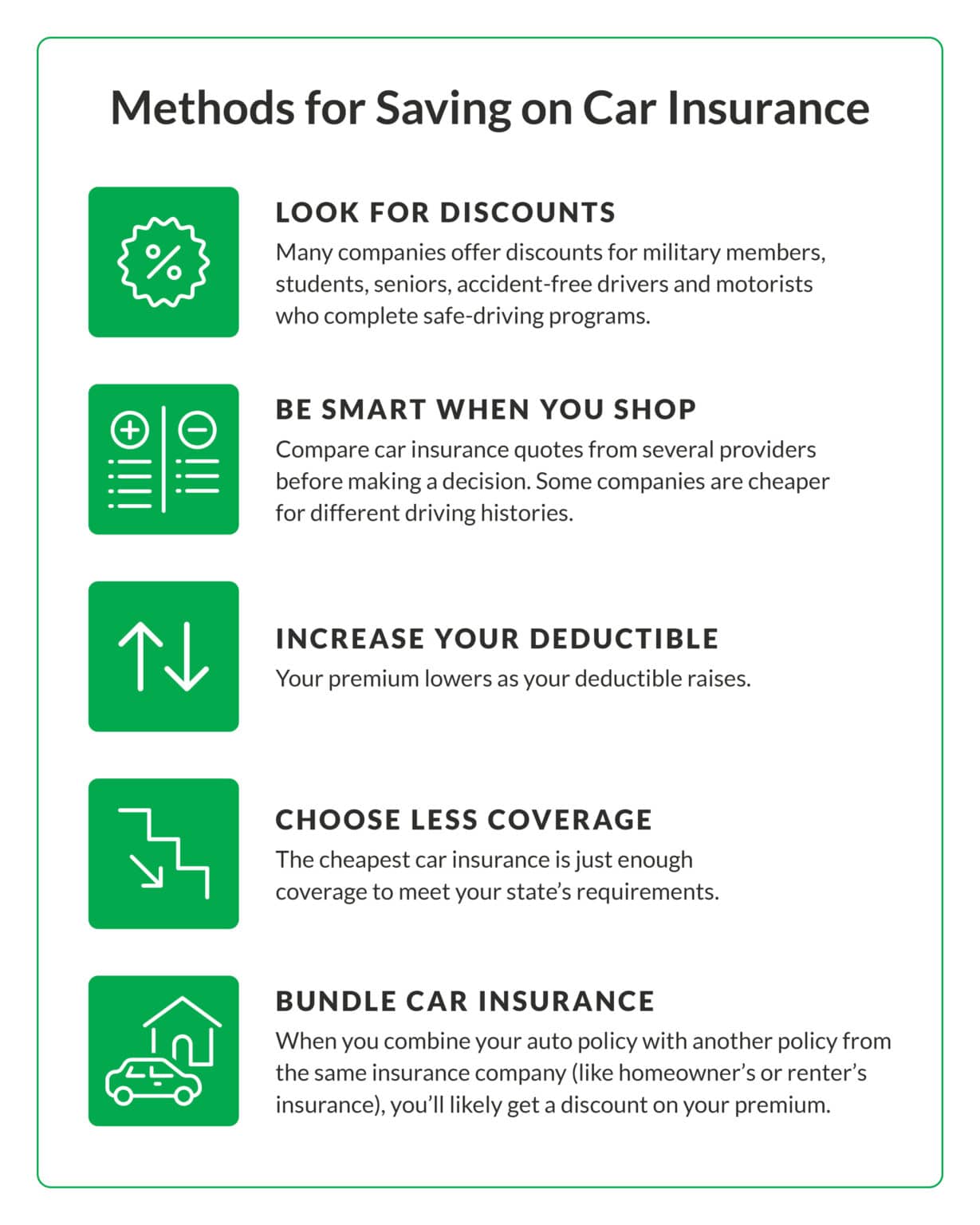When it comes to car insurance, a lot of drivers often question how their premiums are figured. cheapest car insurance near me can appear confusing, with various factors influencing the rates you are charged. Grasping the nuances of auto insurance pricing can give you to take well-informed decisions when shopping for coverage.
Insurance companies use a combination of data analysis and statistical modeling to determine your rates. This entails evaluating your personal information, driving history, and even the type of vehicle you drive. By diving into the details, we can uncover what really goes into calculating those rates and steps you can take to possibly lower them.
Factors Affecting Insurance Premiums
When determining determining the car insurance rates, several key factors come into play. One of the key considerations is your driving history. A clean record with no accidents or traffic violations often signals to insurers that you are a lower risk, resulting in lower premium rates. On the contrary, if you have accidents or speeding tickets on your record, you may end up having elevated premiums as insurers view you as a greater risk on the highway.
A further crucial factor is the geographic location. Insurance companies examine the area where you reside and drive to evaluate the likelihood of accidents, theft, or vandalism. Urban areas typically have increased crime rates and more traffic congestion, which can cause higher insurance costs. Conversely, rural areas might see lower premiums due to less traffic and lesser claims, reflecting a lower risk to the insurer.
Your characteristics also play a important role in calculating your premium. Factors such as how old you are, gender, and marital status can impact rates. Teenage drivers, particularly males, often face increased insurance costs due to statistical data showing these individuals are more prone to accidents. Married individuals or older drivers may receive lower rates as they are generally seen as more responsible. In addition, the type of vehicle you drive and its safety ratings can further impact your insurance costs.
The Importance of Insurance Underwriting
Underwriting is a key procedure in determining car insurance rates, serving as the way by which insurance companies analyze the likelihood of covering a particular driver. When you seek auto insurance, insurance underwriters examine various factors, including your record, credit score, and the make of vehicle you drive. This evaluation helps insurance companies anticipate potential claims and set premiums accordingly. A good driving record with few incidents or violations often leads to reduced rates, while a history of claims can cause higher costs.
In addition to individual driver data, underwriting also considers external factors such as geographic location and market trends. For instance, a driver living in an area with a significant incidence of accidents may experience increased premiums. Insurance underwriters also consider the make and model of the vehicle, as some cars are more prone to theft or costly to repair, affecting the overall risk. These thorough assessments guarantee that rates reflect an exact level of risk for each policyholder.
Additionally, the underwriting procedure have advanced with tech advancements. Insurers now utilize complex algorithms and data analytics to improve their assessments and enhance accuracy. This progress allows for a more tailored approach in establishing premiums, making it possible for insurers to offer competitive rates while maintaining profitability. Overall, the underwriting process is a vital function that harmonizes the interests of the insurer and the insured, ultimately shaping the environment of car insurance pricing.
Ways to Lower Your Car Insurance Rates

A effective way to lower your car insurance rates is by seeking out for the lowest deals. Insurance companies offer a diverse rates depending on multiple factors such as the driving history, vehicle type, and area. By comparing quotes from different providers, you can find a plan that provides the same coverage for a lower price. It’s wise to check for discounts that some insurers give, such as those for cautious driving, bundling policies, or if you are member of certain organizations.
Another strategy to reduce your auto insurance costs is to boost your deductible. The deductible is the sum you pay out of pocket before your insurance takes effect for a claim. By opting for a higher deductible, you can typically lower your monthly premium. However, it is important to ensure that the deductible you choose is an amount you can comfortably afford in the event of an accident. Finding a balance between your deductible with your overall coverage needs is essential.
Finally, considering your car's safety features and its insurance rating can significantly influence your rates. Vehicles equipped with sophisticated safety features, such as lock brakes, airbags, and security systems, often receive discounts. Additionally, choosing a car model that has a established track record of safety and low repair costs can lead to more affordable premiums. When acquiring a vehicle, it’s wise to research its insurance ratings and choose one that will help you cut down on auto insurance.
